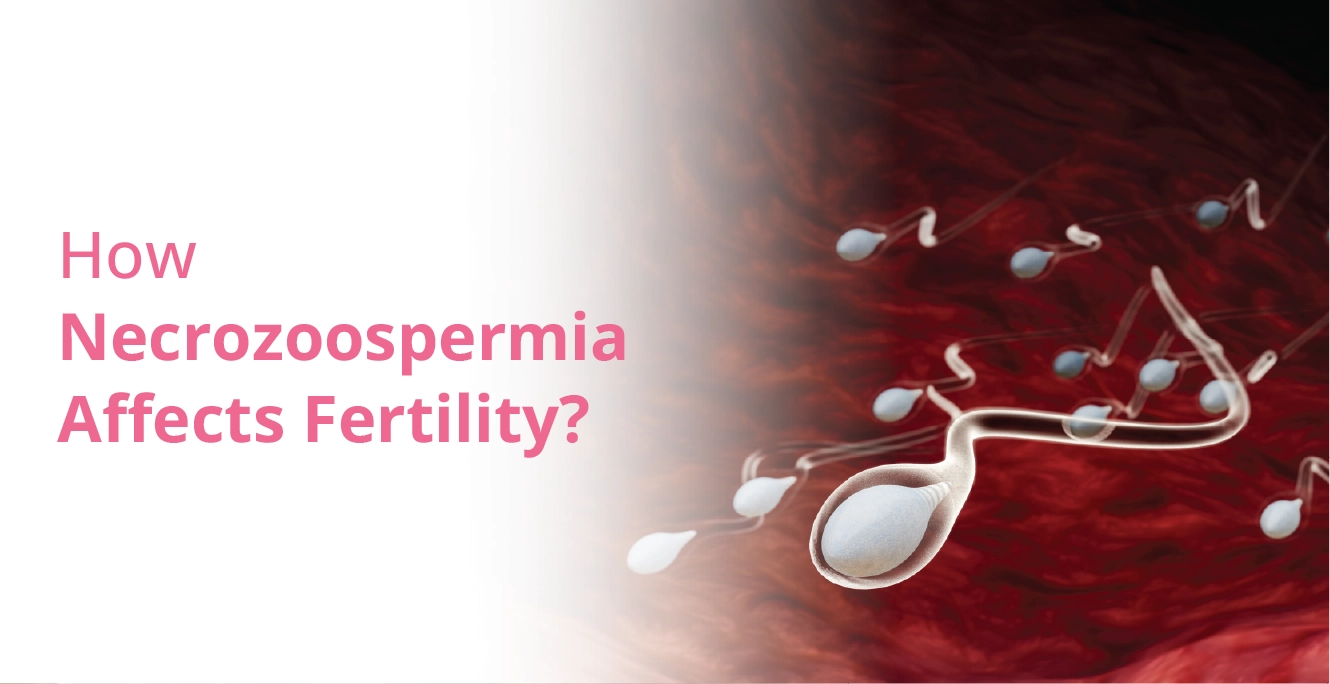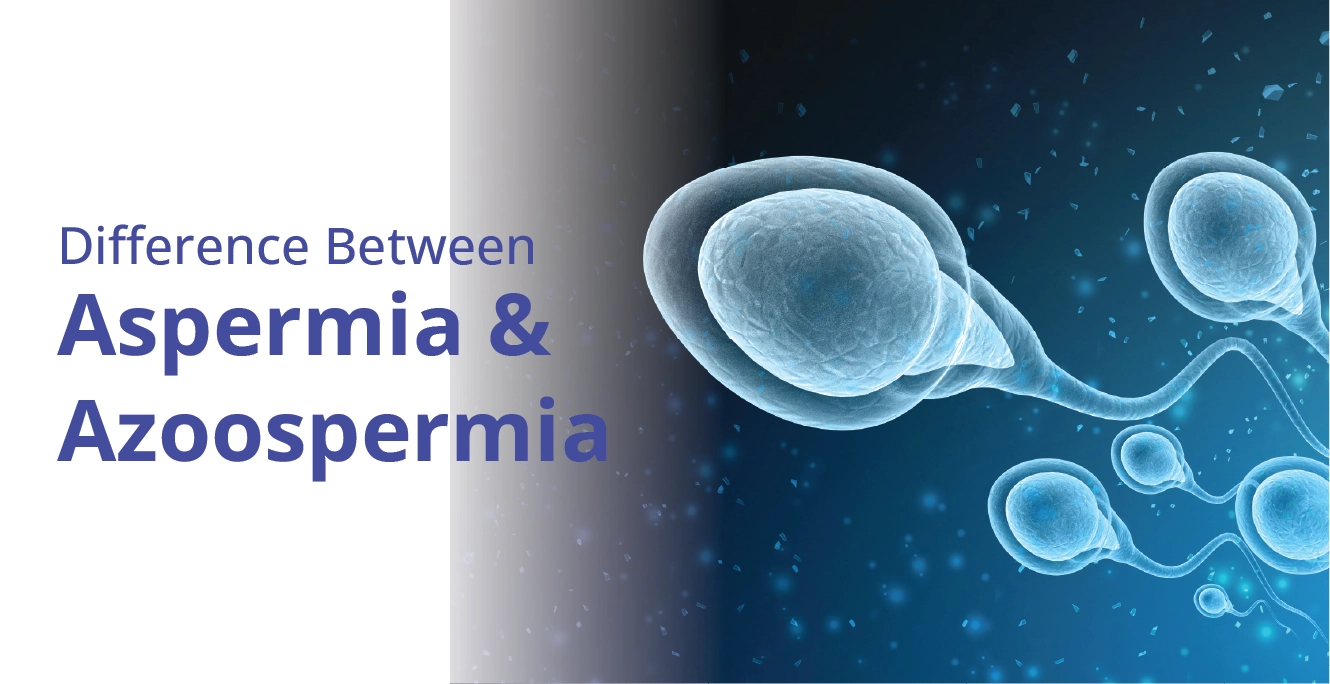
Unveiling MicroTESE: A Comprehensive Guide to the Procedure and its Impact on Male Fertility

Table of Contents
In the field of male fertility, Microdissection Testicular Sperm Extraction (MicroTESE) is a groundbreaking technique that has gained popularity. For those who are suffering from severe male factor infertility, this complex method gives hope. We’ll go into detail about MicroTESE’s components and process in this blog, as well as explain how it has come to be seen as a ray of hope for people looking to start families.
Understanding MicroTESE
A specialised method of sperm extraction is called microTESE surgery, which is intended to treat non-obstructive azoospermia, a condition in which testicular causes result in a complete lack of sperm in the ejaculate. In contrast to conventional Testicular Sperm Extraction (TESE), MicroTESE surgery entails the careful dissection of testicular tissue under a microscope to pinpoint the regions most likely to harbour viable sperm.
What to Expect in MicroTESE Procedure?
For your understanding, the details are written below of what you can expect during the MicroTESE procedure:
- Preoperative Evaluation: To determine the patient’s prospective sites for sperm retrieval and to assess their fertility, a comprehensive preoperative evaluation is carried out, which includes hormone testing and diagnostic imaging.
- Microdissection of Testicular Tissue: Under general anaesthesia, MicroTESE procedure is carried out. The surgeon carefully inspects the testicular tissue under powerful microscopes, looking for dilated tubules that are more likely to hold sperm.
- Sperm Retrieval: After identification, these tubules are meticulously dissected to release the sperm inside. Microsurgical methods reduce tissue damage and improve the likelihood of obtaining viable sperm.
- Sperm Analysis: The quality and quantity of the extracted sperm are next examined. The success rates of assisted reproductive procedures such as intracytoplasmic sperm injection (ICSI) and in vitro fertilisation (IVF) can be considerably increased by using high-quality sperm acquired using MicroTESE.
Why MicroTESE Procedure is Recommended?
Microdissection Testicular Sperm Extraction (MicroTESE) is advised in certain situations involving male infertility, especially in cases involving non-obstructive azoospermia. For the following reasons, MicroTESE surgery is advised:
- Enhanced Precision: The sperm retrieval method known as MicroTESE is incredibly accurate. It entails the microdissection of testicular tissue under powerful microscopes. With less harm to the surrounding tissue, the surgeon can precisely locate and remove tubules holding sperm.
- Higher Sperm Retrieval Rates: MicroTESE has demonstrated higher success rates in recovering viable sperm as compared to standard Testicular Sperm Extraction (TESE). The possibility of discovering and collecting healthy, functioning sperm is increased by the careful inspection of testicular tissue utilising microsurgical techniques.
- Minimized Tissue Damage: During the retrieval process, tissue damage is reduced because of the microdissection technique. MicroTESE preserves the general health of the organ by reducing trauma to the testicular tissue by specifically targeting certain tubules.
- Improved Sperm Quality: Sperm recovered using MicroTESE typically have better quality. This is especially important for assisted reproductive methods where the quality of sperm has a major role in the likelihood of successful fertilisation, like in vitro fertilisation (IVF) and intracytoplasmic sperm injection (ICSI).
- Enhanced Success in Assisted Reproductive Procedures: Using high-quality sperm from MicroTESE surgery improves the chances of success for later assisted reproductive treatments. The likelihood of successful fertilisation and, subsequently, a successful pregnancy is increased when viable sperm is available.
- Tailored to Non-obstructive Azoospermia: MicroTESE is intended especially for situations of non-obstructive azoospermia, in which testicular causes result in a complete lack of sperm in the ejaculate. In these situations, traditional sperm retrieval techniques might not be as successful, so MicroTESE procedure is a better and more practical choice.
Benefits of MicroTESE Procedure
MicroTESE offers several advantages, including a higher likelihood of sperm retrieval compared to traditional TESE. The precision of the microdissection technique minimizes tissue damage, preserving the overall health of the testicular tissue.
Reduced Risk of Overtreatment: By enabling a tailored approach, MicroTESE’s precision lowers the possibility of overtreatment. Unnecessary harm to healthy testicular tissue is reduced by concentrating on the detection and extraction of tubules carrying sperm.
Conclusion
With its sophisticated and efficient method of retrieving viable sperm for assisted reproductive operations, MicroTESE procedure offers a ray of hope for those suffering from non-obstructive azoospermia. The purpose of this blog has been to clarify the MicroTESE procedure and highlight its importance within the field of male infertility therapies. Consulting with a healthcare professional who can evaluate the unique circumstances and offer guidance on the best course of action for treating male infertility is recommended before deciding to undergo MicroTESE. Knowing about cutting-edge methods like MicroTESE can provide hope for those facing the difficult journey of infertility and lead them down new paths towards starting the family of their dreams. You can either call us directly by dialling the above-given number, or you can book an appointment by filling in the details in the appointment form, our coordinator will call you back shortly to understand your query and will connect you with the best fertility expert at Birla Fertility & IVF.
Frequently Asked Questions (FAQs)
- What is MicroTESE, and when is it recommended for male infertility?
When sperm are absent in the ejaculate because of testicular causes, a precise sperm retrieval technique called MicroTESE, or Microdissection Testicular Sperm Extraction, is advised.
- How does MicroTESE differ from traditional TESE?
Using powerful microscopes, testicular tissue is carefully microdissected during microTESE. This focused method is more successful than conventional Testicular Sperm Extraction (TESE) because it reduces tissue damage and raises the likelihood of collecting viable sperm.
- What is the success rate of MicroTESE in retrieving sperm?
When compared to regular TESE, microTESE has demonstrated greater success rates in collecting viable sperm. The ability to precisely retrieve tubules carrying sperm is made possible by the precision of the microdissection technique, which enhances the overall success of sperm retrieval.
- Is MicroTESE a suitable option for all cases of male infertility?
In particular, microTESE is advised in cases with non-obstructive azoospermia. MicroTESE has shown efficacy in these situations, however its applicability varies depending on a number of circumstances. The best course of action for treating male infertility requires a comprehensive assessment by a reproductive specialist.
Our Fertility Specialists
Related Blogs
To know more
Birla Fertility & IVF aims at transforming the future of fertility globally, through outstanding clinical outcomes, research, innovation and compassionate care.
Had an IVF Failure?
Talk to our fertility experts

 Our Centers
Our Centers
















